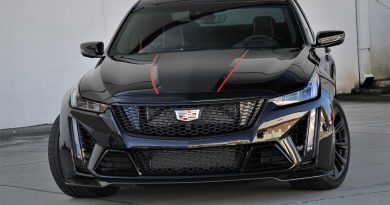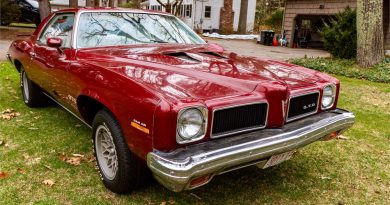1969 DeTomaso Mangusta
Rare Rides has covered a few DeTomaso vehicles in past, but today’s Italian classic predates all those presented thus far. From 1970, it’s the second car ever offered by its parent brand, and the first model which was produced in a mass quantity of over 100 vehicles.
Let’s learn about the Mangusta.
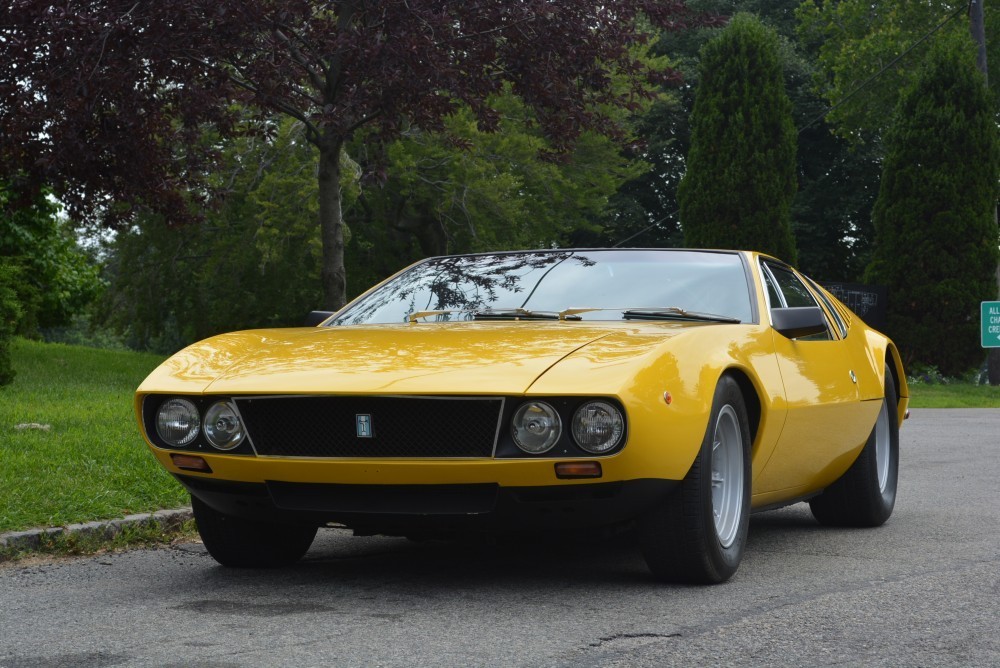
The Mangusta was successor to De Tomaso’s very limited production introductory model, the Vallelunga. Produced from 1964 to 1968, just 53 examples exited the factory in Turin. Part of the reason so few cars were produced was that De Tomaso didn’t want to make his own cars. After the Vallelunga was designed by Fissore, De Tomaso planned to sell it on to a third party for production. However, nobody took the bait, so he farmed out production to Ghia instead. And a new car brand was formed.

De Tomaso’s second product entry was a bit more intentional. Given the company’s ongoing relationship, De Tomaso hired Ghia to design the Mangusta. Penning its shape was the legendary Giorgetto Giugiaro. The new car was a long time in development, as a completed prototype was shown in 1965 at the Turin Motor Show and displayed as the Sport 5000. De Tomaso was so interested in Ghia and its work that he purchased the company in 1967; right around the time the Mangusta entered production. Surely the move was an economical one, ending the contract work between the two firms.

As might be expected, the donor chassis for the Mangusta came from the Vallelunga. The steel platform saw extensive reinforcements , as the Mangusta was larger, heavier, and much more powerful than its predecessor. The production Mangusta was a unique design amongst its competitors, given it featured very unusual gullwing doors for the hood. The rest of the body’s design was more typical of a Seventies Italian super car.
Power was familiar enough: European examples used Ford’s HiPo 289 (4.7L) V8, while American ones suffered with a larger 302 (4.9L) engine from the Mustang. The difference in power was considerable, as Europeans had 306 horses underfoot while Americans made do with 230. Unfortunately, later versions for all nations employed the 302.

This 1969 De Tomaso Mangusta is the only known surviving example in this striking yellow color, as it was originally delivered with black leather interior. It also came from the factory with air conditioning, a highly desirable option. It has a thorough mechanical and cosmetic restoration to like new condition including a bare metal re-spray in the original color. The original radio is in the dash but a modern stereo with remote controls is tucked away in the restored front luggage compartment along with the tool kit.

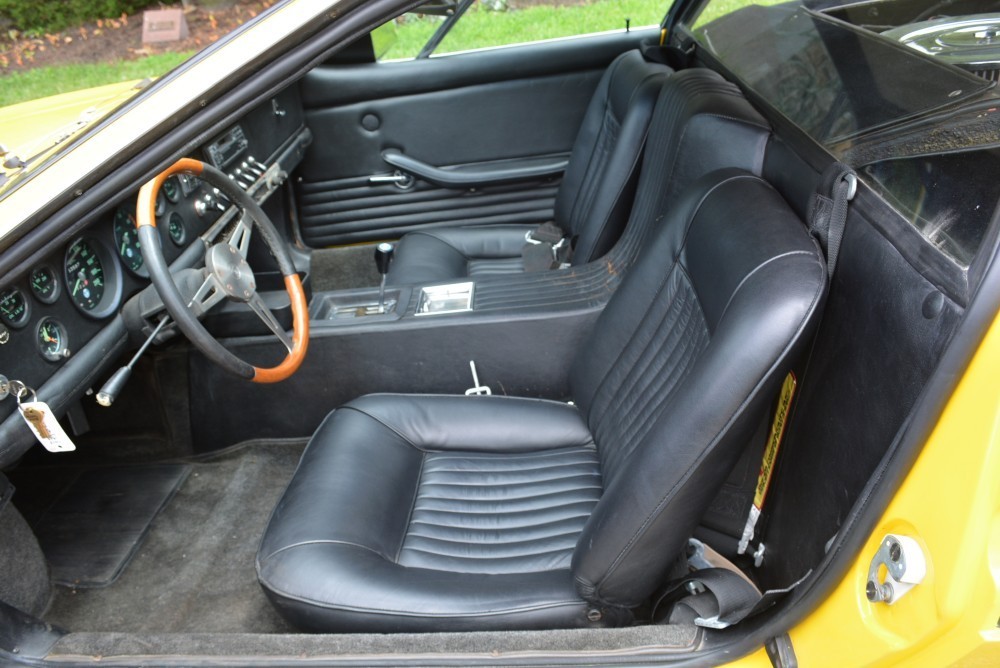
In use as a car, the Mangusta was a pretty flawed ride. Its weight distribution was poor, 32/68 front/rear, which made for some interesting handling. The unbalanced weight combined with a compromised chassis. Though De Tomaso reworked the chassis for Mangusta use, nothing could hide its original lightweight sports car intention
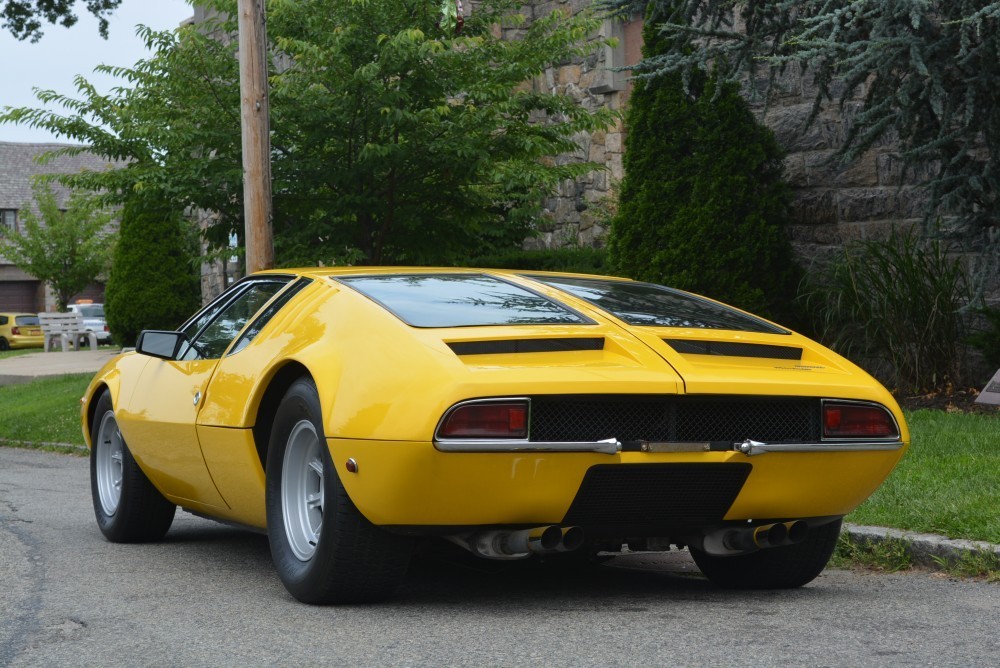 The De Tomaso Mangusta is finally being recognized as the important and groundbreaking mid-engined supercar that it truly was (and is), taking its rightful place in history next to the other essential sports cars of its day. Very few of these cars were made, and finding an example with this unbelievably low mileage and in this kind of original and unmolested condition is exceedingly difficult if not impossible, making this an opportunity not to be missed for the collector who dares to look past the more common exotics and who can appreciate this beautiful and stunning combination of Italian styling and American muscle.
The De Tomaso Mangusta is finally being recognized as the important and groundbreaking mid-engined supercar that it truly was (and is), taking its rightful place in history next to the other essential sports cars of its day. Very few of these cars were made, and finding an example with this unbelievably low mileage and in this kind of original and unmolested condition is exceedingly difficult if not impossible, making this an opportunity not to be missed for the collector who dares to look past the more common exotics and who can appreciate this beautiful and stunning combination of Italian styling and American muscle.



